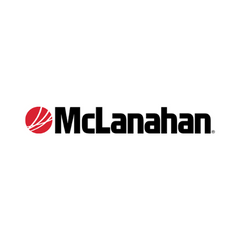Milk house wastes are becoming more of an issue as dairies expand and environmental issues become more pronounced. Today’s waste is higher in phosphorous compounds from cleaners. With milk and manure in the waste, improper discharging can lead to a poor image or even legal issues.
In the past, it was permissible to run waste out of the milk house to any place convenient, such as a ditch, stream or dry well. This potential groundwater contamination is no longer acceptable.Some states allow the waste to go through a septic system or bark bed system to deal with wastes. Iowa does not allow this. The high organic matter from the milk solids in a septic system has a high Biological Oxygen Content requirement during break down.
This takes away so much oxygen that the normal bacteria cannot function normally and the system can fail. The result is odor and issues with ground water.
There are a few options. Most new facilities mix in wastes directly with the manure to dispose of it. Another option is to hold it in a tank until it can be removed. It is recommended that there is five-month storage capacity with this method.
Settling out the solids and using the liquid for flushing will save on storage space. Settling the solids and irrigating the effluent has also been successful.
The best time to upgrade is during new construction or remodeling. The sooner facilities improve their waste disposal, the less chance there will be of negative images or environmental damage. PD
Dan Huyser is an ag engineering program specialist for Iowa State University Extension.
—Excerpts from 2013 Iowa Dairy Days proceedings


